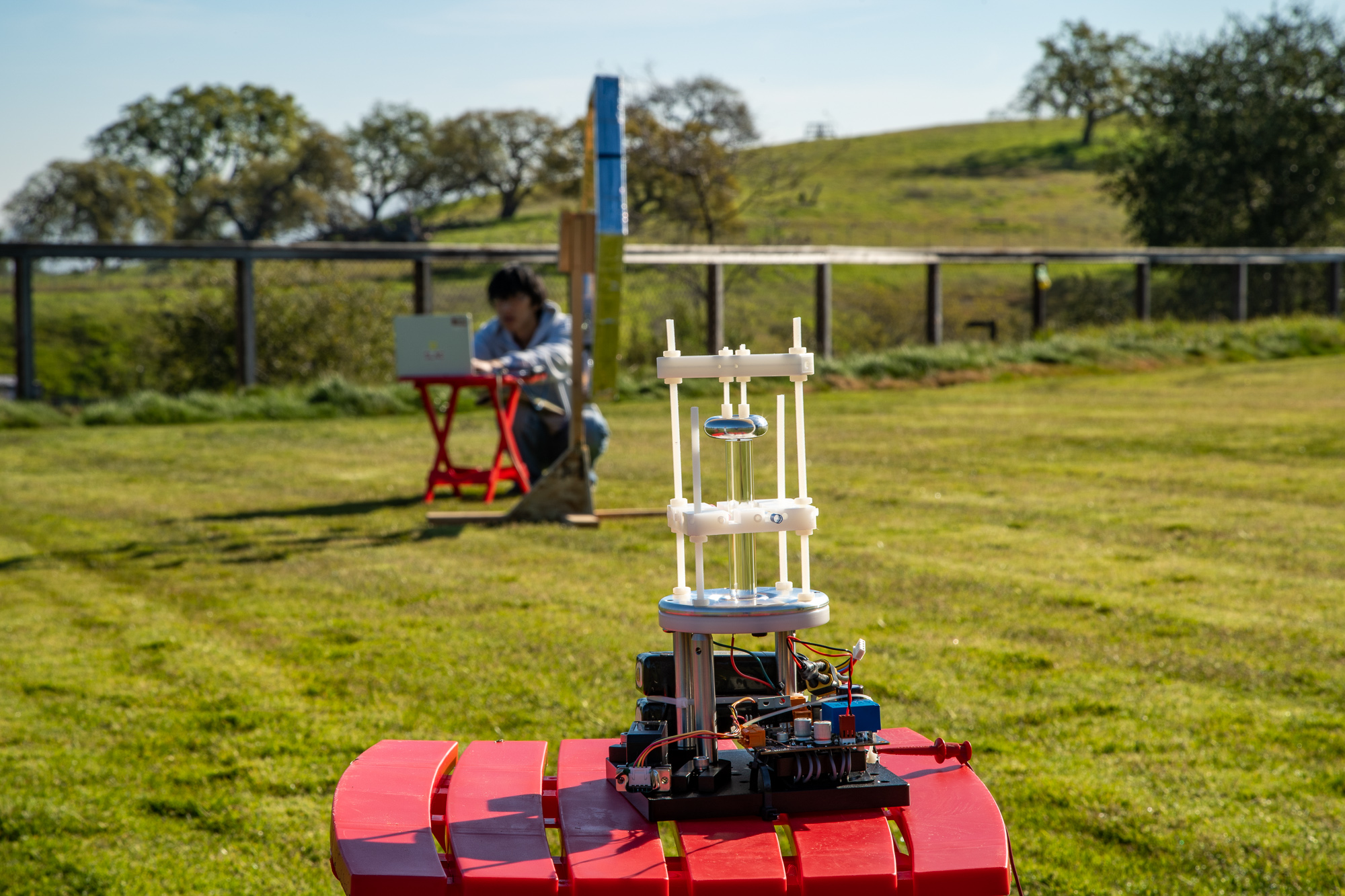In brief: The Department of Energy's new device is also more than 300 times more efficient than previous efforts of similar size and transmitted data with nearly 100 times greater bandwidth. In practice, it can achieve data transfer rates of more than 100 bits per second which is enough to send a simple text message.
Researchers at the Department of Energy's SLAC National Accelerator Laboratory have developed a pocket-sized antenna that could enable mobile communications in situations or environments where traditional radio waves aren't effective.
The device emits very low frequency (VLF) radiation with wavelengths of tens to hundreds of miles. The waves are able to travel long distances and can penetrate materials that would otherwise block conventional radio waves such as under water or ground.

The device utilizes the piezoelectric effect to generate VLF radiation, converting mechanical stress to a build-up of electrical charge.
"The researchers used a rod-shaped crystal of a piezoelectric material, lithium niobate, as their antenna. When they applied an oscillating electric voltage to the rod it vibrated, alternately shrinking and expanding, and this mechanical stress triggered an oscillating electric current whose electromagnetic energy then got emitted as VLF radiation."
Today's most powerful VLF technology requires massive emitters but the new antenna is quite compact at just four inches tall. As such, it could be a valuable tool for search and rescue teams and among the military.
The team's full write-up can be found in today's Nature Communications.
